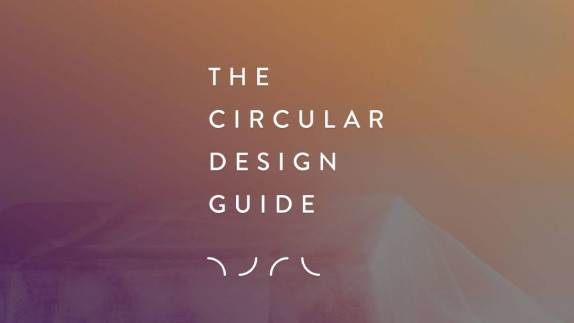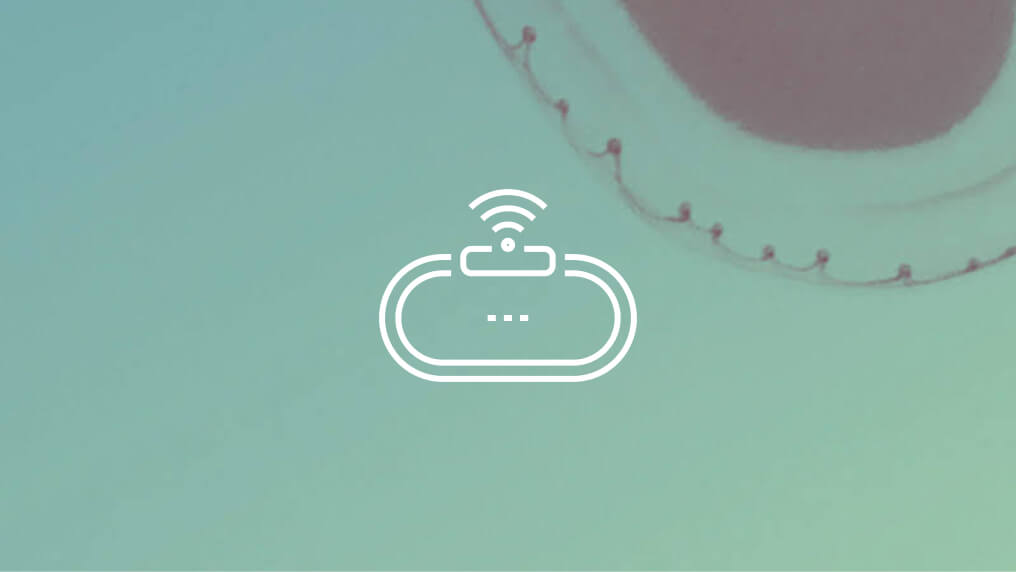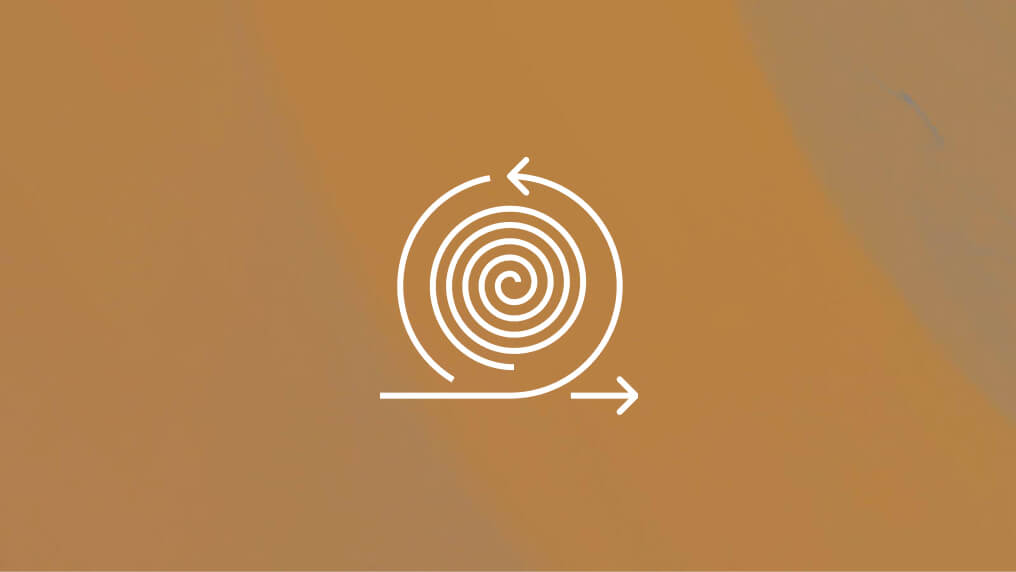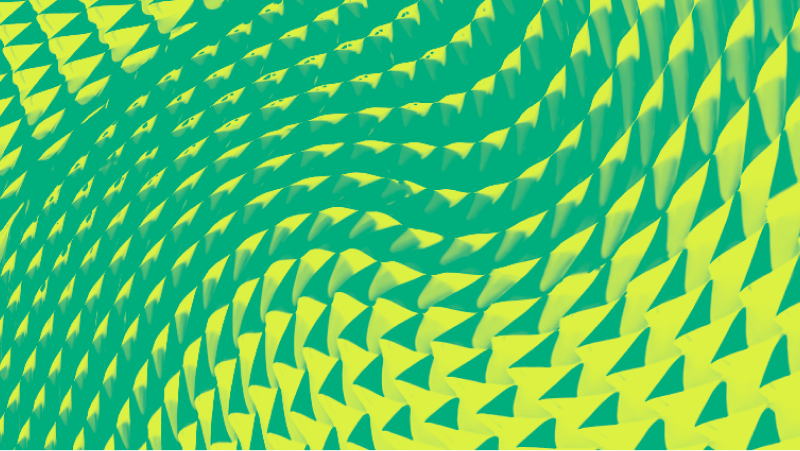Look at the components of digital systems and imagine how you can design for characteristics such as agile development, continuous feedback loops, and scalability.
As more and more software developers use an agile process, digital systems are designed inherently to evolve, scale, be feedback-rich, and iterate characteristics that are circular by nature. As such, they can serve as another inspiration for designing circularly.
Steps
Step 1
To get started, list out some of your favourite digital platforms or services. It’s ideal if they have been out in the world for more than a couple of years.
Step 2
Then choose one to focus on for this activity. Ask yourself, how has this business grown? What characteristics have helped them evolve with time? Here are a few questions to get you started:
How do they get feedback from their users?
What do their iteration cycles look like? How often do they iterate?
How have they scaled over time?
How did they transition from BETA to V1 to V2, etc?
How has their evolution affected their business model?
How do they keep motivating designers when the job is never done?
Step 3
Now write down your own product or service idea, and ask yourself the same questions. What lessons from the way in which the digital system functions can be applied to your own product?

Circular Design Guide
This page is part of the Circular Design Guide. Get an overview of the project, or dive straight into our activities to help you understand, define, make, and release circular innovations.






